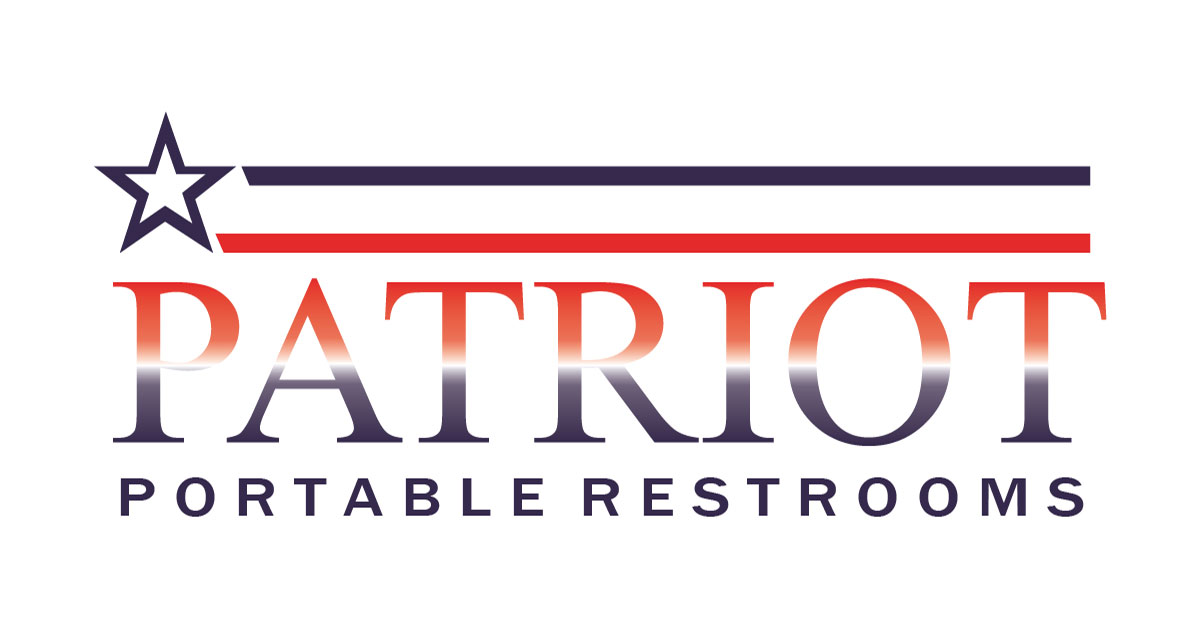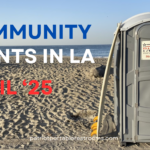What Is the Difference Between Sanitizing and Disinfecting?
When it comes to cleaning portable restrooms, it is critical to use the correct technique in relation to the products you’re using. While terms sanitizing and disinfecting are often used interchangeably on labels of cleaning products, there is a clear distinction between the two.
The following are the layman’s terms for these words:
- Sanitize is defined as eliminating or reducing the number of pathogens on a surface by 99.9 percent. Those who clean office buildings and schools typically use sanitizer to clean surfaces.
- Disinfect eliminates 100 percent of the pathogens on a surface, based on the type of microorganisms the label claims to “kill.” To ensure portable restrooms are sterile, a disinfectant should be used.
Since disinfecting is the route all portable toilet rental companies need to take, it is important to have a thorough understanding of how to effectively use these chemicals and how not to handle them. Disinfectants in the United States are certified by the Environmental Protection Agency, which assesses the product both for its effectiveness and environmental impact. However, just because disinfectants are used to clean portable restroom surfaces doesn’t mean that pathogens on the surface have been completely eradicated.
To ensure pathogens are eliminated, you must adhere to the following steps:
- First, the surface needs to be cleaned. All soils on the surface must be removed before applying the disinfectant. Cleaning and disinfecting are considered a two-step process.
- Next, give the disinfectant some time to work effectively. The label also determines how much time the product needs to kill pathogens. This is waiting period is between five to 10 minutes.
- The product must be diluted properly. Dilution ratios are listed on the product’s label. Different disinfectants will have different dilution ratios. Remember, too much water will weaken the disinfectant and render it ineffective and too much disinfectant can leave a chemical residue that can draw more contaminants and soil to restroom surfaces.





